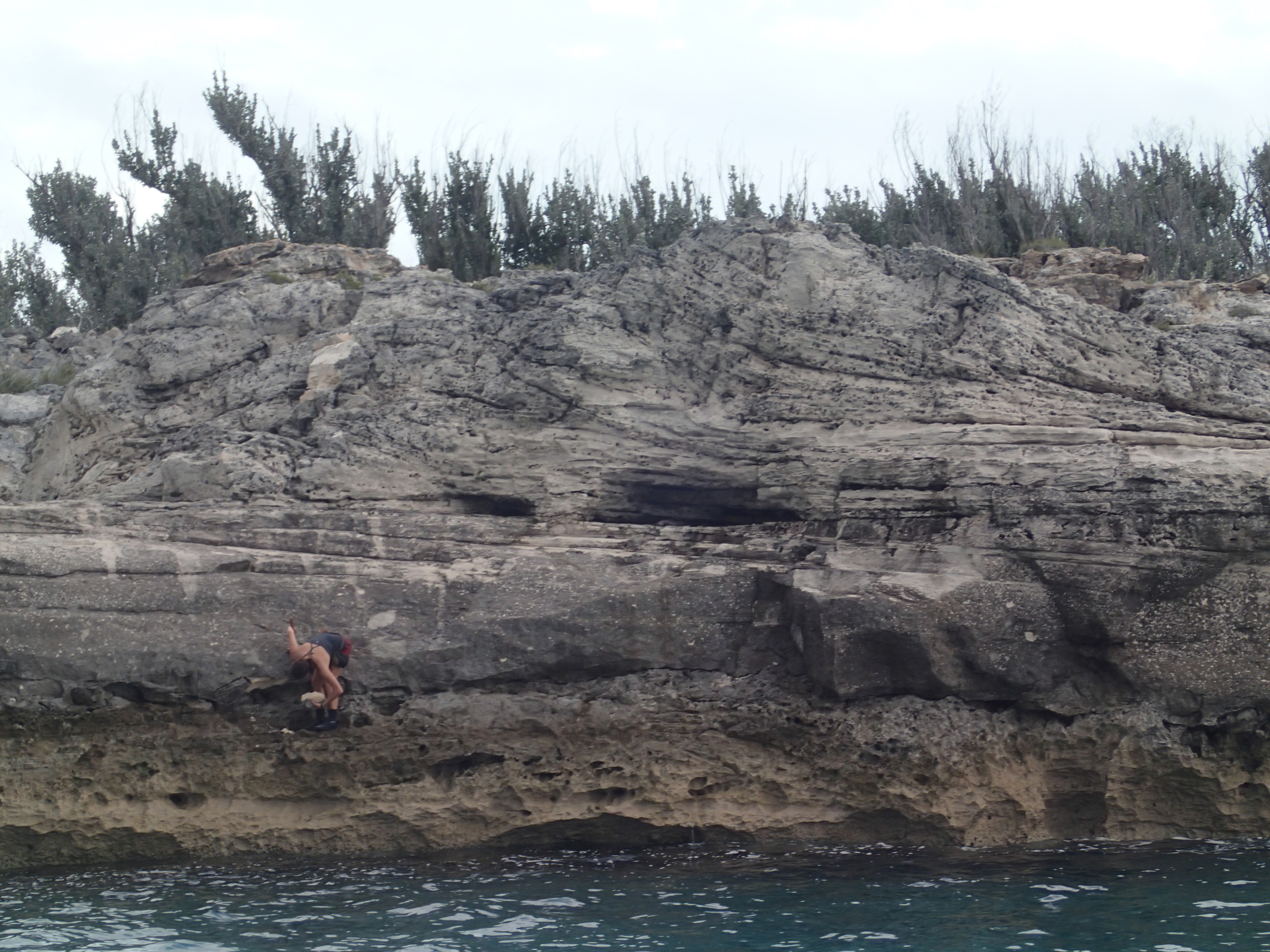Welcome to the KICE3
Kansas Interdisciplinary Consortium on Earth, Energy, and Environment

Oolitic sand shoal, Lily Bank, Bahamas

Natural bridge and students, Bahamas

Carbonate eolinanite, Bahamas
KICE3 News

KICE3 (formerly KICC) has transitioned to a new website! A lot has changed, so let's go over a couple of the major changes:...